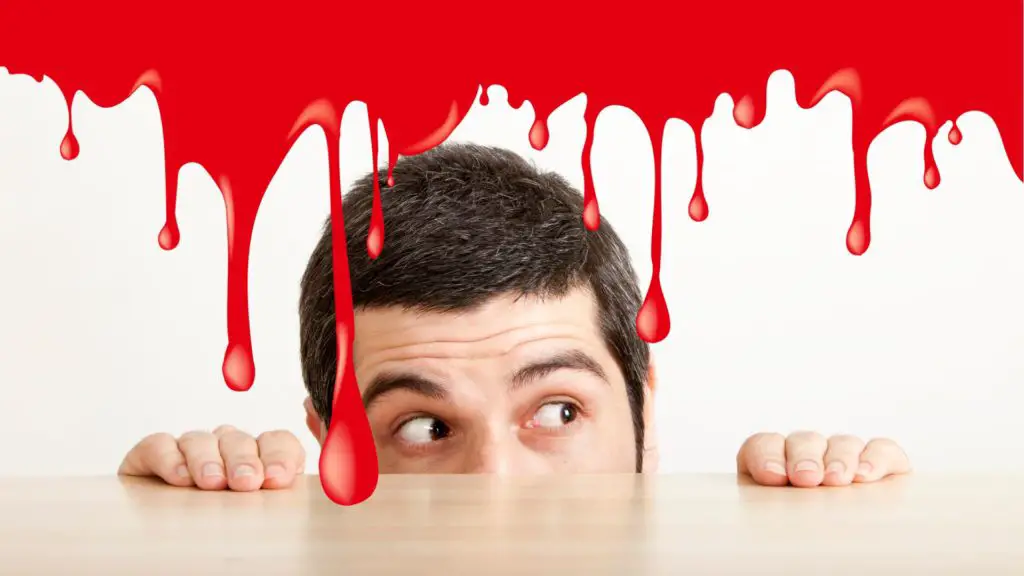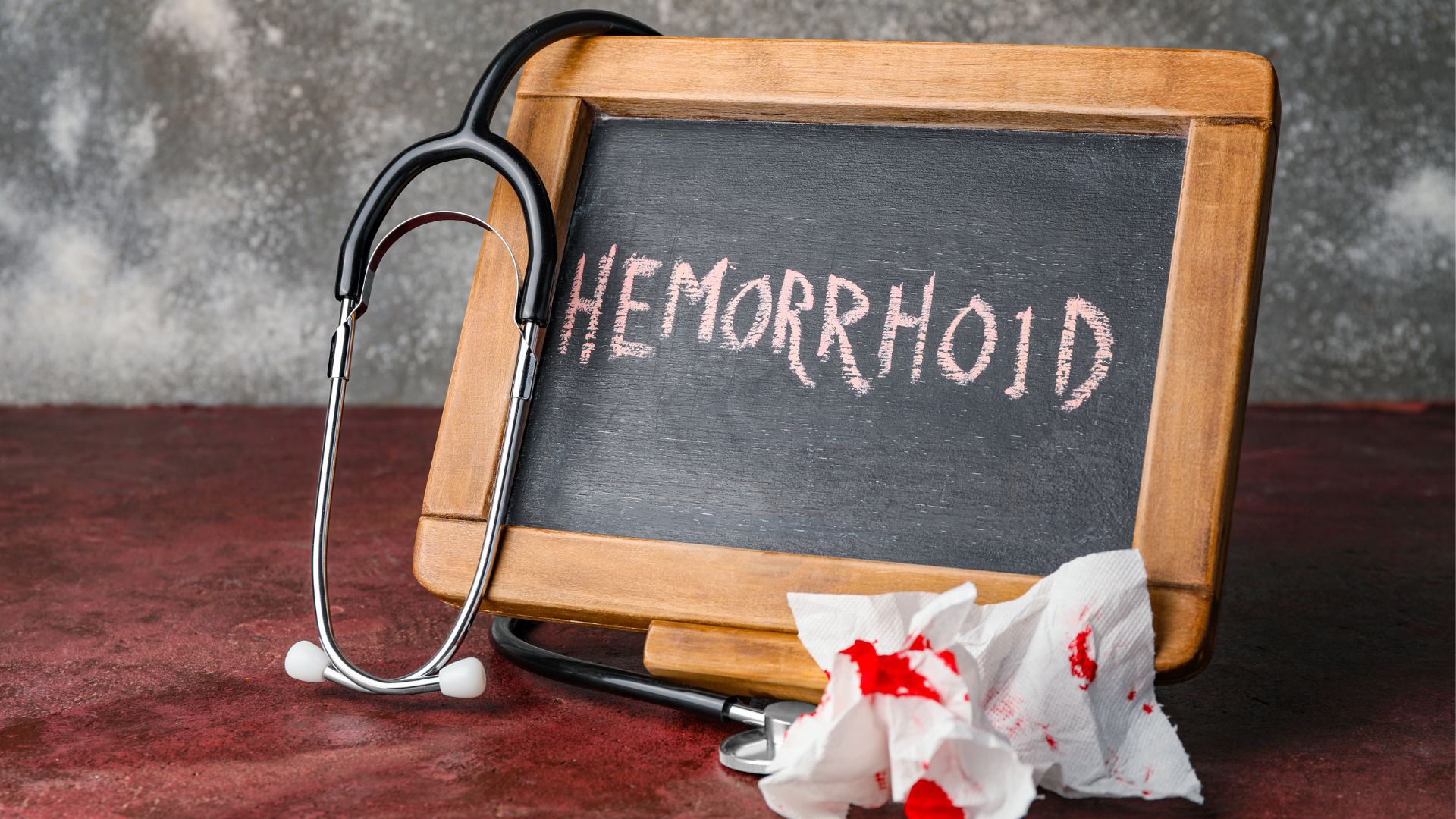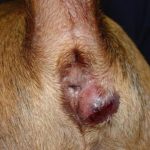Do we notice hemorrhoids with blood ? Is it hemorrhoids or other problems? Let’s clarify these doubts together and see how to remedy them.
Hemorrhoids with blood? Here’s what it can depend on
Proctorrhagia or rectorrhagia refers to the loss from the rectum of a few drops of bright red blood visible on the stool, on the toilet paper or in the toilet. In addition to bleeding hemorrhoids , this condition can be attributable to other causes:
- Anal fissures . Small cuts in the anal mucosa can cause bleeding and pain during and after stool evacuation.
- Proctite. It is an inflammation of the rectal mucosa, and can cause mucus leakage from the rectum, bleeding and pain in the anorectal area.
- Polyps . They are benign tumors that develop on the inner wall of the colon. They can cause mild bleeding. It is important to remove them as in some cases, if left in the colon, they could degenerate into malignant tumors.
- Colorectal cancer . It develops slowly and, if diagnosed early, can be successfully treated.
- Rectal ulcers . This is a rare disorder, which can cause blood and mucus loss, and is due to protracted effort during bowel movements.
If we notice rectal bleeding, do not be alarmed without knowing the cause, but contact a professional for a thorough investigation and a targeted diagnosis.

Cracks or hemorrhoids? That’s why we confuse them
Many of us confuse hemorrhoids with fissures. It’s not difficult: both disorders cause anal problems and discomfort. Let’s try to make a distinction:
- Inflamed hemorrhoids . Hemorrhoids are cushions of strongly vascularized tissue , naturally present in the anal canal. Hemorrhoids become symptomatic when they swell and become inflamed . This happens easily because the tissue that the hemorrhoidal cushions are made of is particularly soft or loose. The onset of pathological hemorrhoids is revealed with swellings on the anal surface, pain, itching and a sense of heaviness at the anal level. Hemorrhoids with blood may also appear at the time of evacuation, in case of rupture of the hemorrhoids themselves.
- Anal fissures . These are small lacerations of the skin tissue in correspondence of the anus, which often appear following the excessive dilation to which the anus is forced to allow the passage of particularly hard stools ( constipation ). Conversely, diarrhea can also cause anal fissures. In fact, the alkaline pH of liquid stools can be “corrosive” to the anal mucosa. A characteristic symptom of the presence of fissures is a very intense pain at the moment of evacuation , which tends to be prolonged after the evacuation is completed. Sometimes it can be associated with anal itching. Traces of bright red blood may appear on toilet paper.
Why do we often confuse fissures and hemorrhoids? In both cases we are talking about conditions that can cause embarrassment and discomfort . In fact, we are not always able to communicate easily the problems related to the anorectal area, even if they are frequent and widespread problems.
Hemorrhoids: Find out the degree of pathologyKnowing the hemorrhoidal pathology is the first step to live it serenely.
Furthermore, the painful symptoms that accompany both disorders make our routine difficult, limiting our actions and weakening our energies. We must not lose heart, but promptly contact a specialist doctor , without fear, for a targeted investigation.

What Happens When Hemorrhoids Rupture?
The appearance of hemorrhoids with blood could be due to their rupture . Bleeding from hemorrhoids can often occur. This happens due to the rubbing and pressure that the fragile haemorrhoidal blood vessels have to withstand, especially during evacuation. Usually the bleeding is bright red and appears at the end of the evacuation.
Since pain and bleeding occur mainly during evacuation, the first step to curb the problem will be to regularize the alvus, that is, to maintain a good intestinal balance . If our stools are hard and we are prone to constipation, it will be important to try to reduce strain during bowel movements by keeping the stool soft and easy to pass.
How? Following a diet rich in fiber , fruit and vegetables . Not only. It will be necessary to guarantee a high water intake to our body by drinking about 1.5-2 liters of water per day. The water will help soften the fecal material making it easier to expel it, reducing pain and minimising bleeding.
It is also advisable to practice regular and moderate physical exercise , as physical activity helps keep the intestine active , as well as promoting blood circulation . We take a daily walk of thirty minutes or an hour, a valid non-strenuous workout.
Intimate hygiene: the correct practices in case of hemorrhoids with blood
Especially in the case of hemorrhoids with blood , proper intimate hygiene is essential to prevent the proliferation of bacteria from causing infections. We wash with warm water , in which we will have diluted a mild detergent , with a slightly acidic pH, in order not to alter the physiological acidity of the mucous membranes. We dry the anal area by dabbing with a cotton cloth.
We avoid too frequent washing ! Excessive cleansing could weaken the natural hydrolipidic film of our skin, altering an important defensive barrier against external agents. Let’s limit ourselves to two washes a day, diluting the detergent in water.
Not only. To alleviate the unpleasant symptoms it will be advisable to eliminate some habits in the bathroom . We try to limit the time spent on the toilet : a sedentary lifestyle is one of the causes of hemorrhoidal disease. The sitting position, in fact, can cause an increase in pressure on the rectal veins , with possible swelling of the anorectal plexus pads , inflammation and the appearance of painful symptoms.






